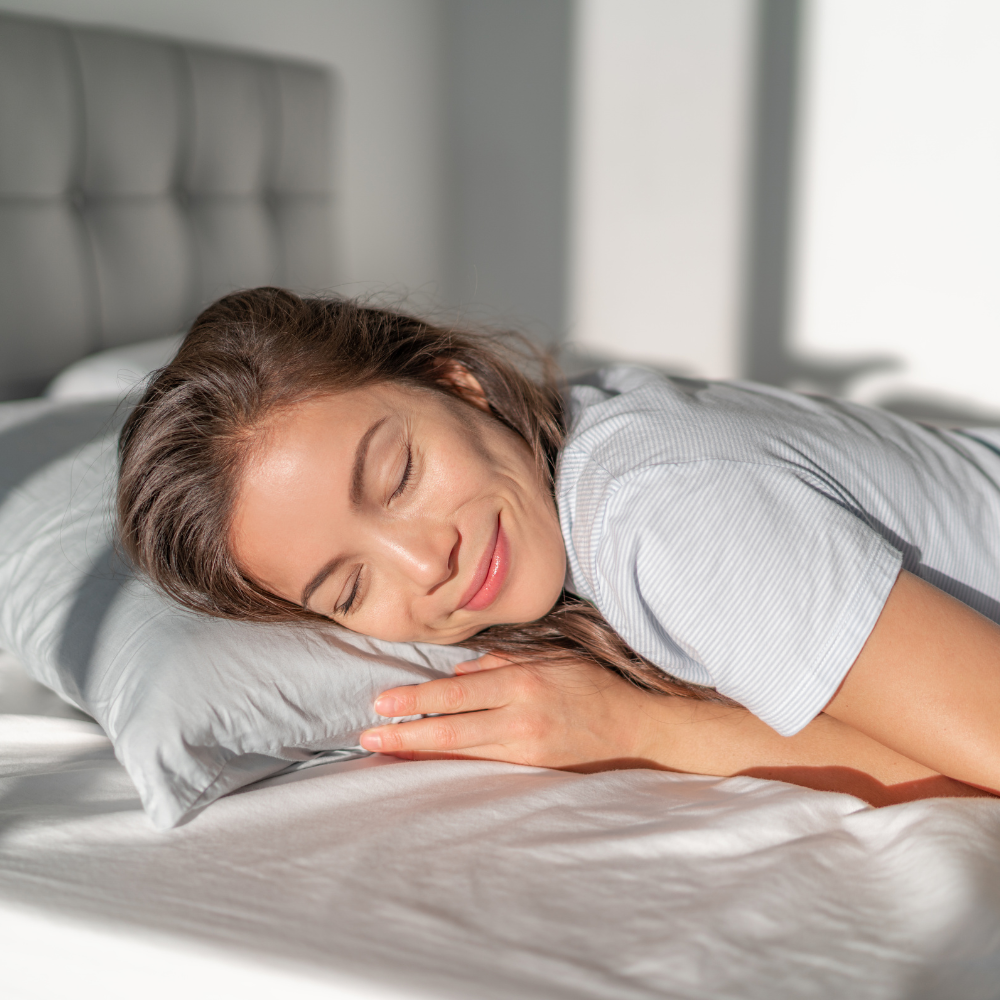CPAP Full Face Masks: Are they right for you?

- Author: Craig Fox
Selecting the appropriate CPAP mask is crucial for effective sleep apnea therapy. While the CPAP machine itself ensures a continuous flow of pressurized air, it is the mask that delivers this air.
The pressurized air plays a vital role in keeping your airways, preventing obstructions and interruptions in your breathing. By maintaining an open airway, the body receives a steady supply of oxygen, avoiding frequent sleep disturbances.
While all CPAP masks serve the same fundamental purpose, their comfort, fit, and characteristics can vary based on the type. Among the commonly used CPAP masks, the full face mask is prevalent. Understanding its features is essential in determining whether it suits your requirements.
What are Full Face Masks?
Among CPAP masks, a full-face mask is the largest size option available. It is designed to cover both the mouth and nose, creating an enclosed space where air can be inhaled. To secure the mask in place, side straps are employed, akin to those used for nasal masks. Users are advised to make necessary adjustments to the straps after assuming a lying position, ensuring a secure and comfortable fit throughout their sleep therapy.
Who Can and Can’t Use Full Face Masks
While full-face masks are a popular and reliable choice for many individuals using CPAP therapy, it is essential to recognize that they may not be suitable for everyone. Aspects of your PAP therapy, including mask selection, should always be discussed with your healthcare team to ensure the most appropriate and effective solution for your specific needs.
Eligible to Use Full Face Masks
Sleepers Who Primarily Breathe Through Their Mouths
A viable alternative for individuals who frequently struggle to breathe through their nose is a full-face CPAP mask. This type of mask covers both the nose and mouth, enabling the delivery of pressurized air to both airways simultaneously. A full-face mask ensures a consistent seal, allowing for effective therapy regardless of the breathing pattern.
For those who naturally breathe through their mouths during sleep, a full-face CPAP mask offers the advantage of accommodating their breathing needs. It eliminates the need for additional interventions like chinstraps and provides a hassle-free solution to maintain optimal therapy delivery. This mask style allows individuals to breathe comfortably through either the nose or mouth, ensuring an uninterrupted flow of pressurized air throughout the night.
By opting for a full-face CPAP mask, individuals who struggle with mouth breathing can experience enhanced therapy and compliance.
Sleepers with a High CPAP Pressure Setting
One of the primary advantages of a full-face mask is that it allows users to breathe comfortably through both their noses and mouths. This feature becomes particularly beneficial for individuals who require high pressure settings during their PAP therapy. By encompassing the entire face, including the nose and mouth, a full-face mask provides a broader area for the delivery of pressurized air.
When high pressure levels are necessary for effective therapy, full-face masks can distribute the pressure more evenly across the nasal and oral passages. This can help alleviate the discomfort and irritation experienced with nasal masks when subjected to high pressures. By accommodating both the nose and mouth, full-face masks offer a more comprehensive solution that ensures optimal therapy delivery and improved treatment compliance.
Furthermore, full-face masks provide the added benefit of reducing the dependency on additional interventions or accessories, such as chinstraps, which are often used to manage mouth breathing.
Back Sleepers
While it is possible to use a full-face mask regardless of sleep position, including sleeping on your side or stomach, it is worth noting that sleeping on your back is likely to be the most comfortable position when using this mask style. The bulkier design of full-face masks may present some challenges when sleeping in certain positions. Side sleepers or individuals who prefer sleeping on their stomach may experience some discomfort due to the pressure exerted by the mask against the pillow or the mask’s contact with the facial features.
Sleeping on your back offers the advantage of providing ample space for the full-face mask, minimizing the potential for interference or discomfort. This position allows for better alignment of the mask with the face and reduces the risk of air leaks, ensuring a more effective and comfortable therapy experience.
Who Might Have a Problem with Full Face Masks
Sleepers with Facial Hair
Facial hair, especially beards, can pose a challenge as it can interfere with the mask’s ability to form a seal against the face. When the mask doesn’t seal correctly, air leakage can occur, leading to a decrease in the effectiveness of PAP treatment. In such cases, alternative mask options should be considered to ensure optimal therapy outcomes.
Nasal masks, including nasal pillow masks, tend to be more compatible with individuals who have facial hair. These masks deliver pressurized air directly to the nasal passages without the need for a seal around the mouth area. By focusing solely on the nose, nasal masks can effectively maintain therapy delivery even in the presence of facial hair, minimizing air leaks and promoting treatment efficacy.
Some Side and Stomach Sleepers
Due to their larger size and coverage, full-face masks can present challenges for individuals who prefer to sleep on their side or stomach. The bulkier design of these masks may cause discomfort, as they press into the face. This pressure on the side of the face can not only be uncomfortable but also compromise the mask’s seal, resulting in air leaks.
For side and stomach sleepers, finding a comfortable position that allows the full-face mask to fit properly and maintain a secure seal can be challenging. Some individuals may find relief by using a CPAP pillow specifically designed to accommodate the mask’s bulkiness and provide better support for the head and neck. These pillows often feature cutouts or contours to minimize contact between the mask and the pillow, reducing the pressure on the side of the face and improving overall comfort.
Some Active Sleepers
Full-face masks, compared to nasal or nasal pillow masks, are generally more prone to being dislodged during sleep, especially for individuals who are particularly active sleepers. The larger size and broader coverage of full-face masks can make them more susceptible to movement or shifting during the night, which may result in the mask losing its proper positioning and compromising the seal.
For individuals who are active sleepers and prefer the coverage provided by full-face masks, there are certain design features that can help enhance the mask’s stability and minimize the risk of displacement. One such feature is adjustable headgear, which allows for customization and secure fitting of the mask. By adjusting the straps and ensuring a snug fit, the mask can be better anchored in place, reducing the likelihood of movement or dislodgement during sleep.
Another beneficial design aspect is a top-of-head tubing connector. This configuration directs the tubing over the head rather than in front of the face, minimizing the potential for interference or entanglement during sleep. The top-of-head tubing connector can contribute to a more stable and secure fit of the mask, allowing active sleepers to move freely without the tubing becoming a source of disturbance.

Common CPAP Mask Problems: Effective Solutions and Strategies
Red Marks: If you notice the presence of red marks on your face, your mask might be too tight. The constriction caused by the tight straps can result in discomfort and visible imprints on the skin. To address this concern, it is recommended to loosen the mask straps and evaluate whether it affords a more comfortable and secure fit without leaving any marks. By adjusting the tightness, one can alleviate the discomfort and potential skin irritation caused by excessive pressure.
In the event that loosening the straps fails to resolve the issue, it may be necessary to explore alternative solutions. It is advisable to consider procuring a new mask that is better suited to one’s facial structure and size. Masks are available in a range of shapes, sizes, and styles. Experimenting with different options will help with finding a mask that fits properly. Exploring different mask styles can also enhance breathability and contribute to an overall improved mask-wearing experience.
Mask Leaks: It’s common for CPAP users to experience mask leaks. If the mask doesn’t seal properly, it can’t do its job effectively. One solution is to use mask liners, which are cloth paddings placed between the mask and your face. They can improve comfort and create a better seal. Using a mask liner can also help silicone masks last longer. Sweat and facial oils can degrade the silicone over time.
Try V-Com for Better CPAP Experience
If you’re new to CPAP therapy, we highly recommend using the V-Com device with your machine. It’s preferred by over 98% of new sleep apnea patients and can make a big difference. V-Com is compatible with any CPAP machine. It is designed to improve comfort by reducing issues like uncomfortable pressure, mask leaks, and excessive noise. It won’t interfere with your therapy and has been successfully used by thousands of people struggling with CPAP.
Dried Out Nose and Mouth: If you experience excessive dryness in your nose or mouth during CPAP therapy, a viable solution is to incorporate a CPAP humidifier. By introducing moisture into the therapy air, the CPAP humidifier effectively alleviates the discomfort caused by dryness. This added humidity significantly enhances overall comfort levels, which, in turn, indirectly contributes to better compliance with CPAP therapy.
The CPAP humidifier serves as an efficient tool to counteract the drying effects of therapy air on the nasal passages and mouth. By adjusting the humidity settings on the CPAP machine, users can customize the level of moisture delivered during therapy. This customization helps alleviate symptoms like nasal congestion, dry nose, and dry mouth, which can cause discomfort for individuals using CPAP.

Tips for Determining the Best Mask Type for Your CPAP Therapy
When choosing the most suitable mask type for your needs, it is advisable to explore and try different options. Several factors should be taken into consideration during the mask selection process, including:
Sleep position: Consider whether you primarily sleep on your side, stomach, or if you tend to be a restless sleeper. This information will help identify mask types that accommodate your preferred sleep position.
Breathing pattern: Determine whether you predominantly breathe through your nose or mouth during sleep. This knowledge is crucial in selecting a mask that aligns with your breathing habits.
Allergies: If you suffer from allergies, it may be beneficial to have different masks for different times of the year. This allows for adjustments based on seasonal changes and varying allergen levels.
Facial hair: Assess whether you have facial hair, as it can affect the seal of the mask. Some mask styles may be more compatible with facial hair than others, ensuring a proper fit and optimal therapy delivery.
Bedtime routine: Consider your bedtime routine, including activities like reading or watching TV. Evaluate how different mask designs may impact your routine and choose a mask that allows for comfortable engagement in your preferred activities.
Comfort: Ultimately, prioritize comfort when selecting a mask. Each individual may have different preferences, and what feels comfortable for one person may not be the same for another. Assess which mask style feels the most comfortable for you personally.
By considering these factors, you will gain valuable insights to determine the most suitable mask style for your specific needs.
Ready to get started?
Optimize and improve your sleep apnea treatment with V-ComTM, no prescription required!
30 Day Money-Back Guarantee
